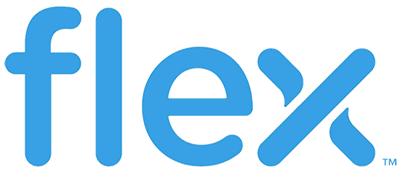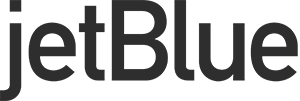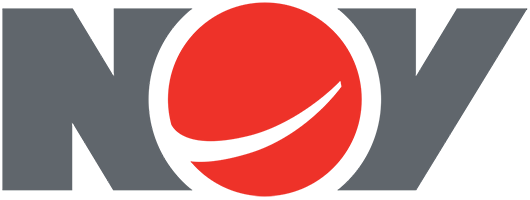Our platform is extensible, easy-to-use, neutral, and works with your existing solutions, so you're free to choose the best technology for now and the future. Here's how we do it.
We've got your back, no matter your stack
We're building a world where anyone can safely use any technology, powered by their Identity.

Okta becomes an Official Partner of the McLaren Formula 1 Team
Inside our multi-year partnership, supporting the team both on and off the track.

























